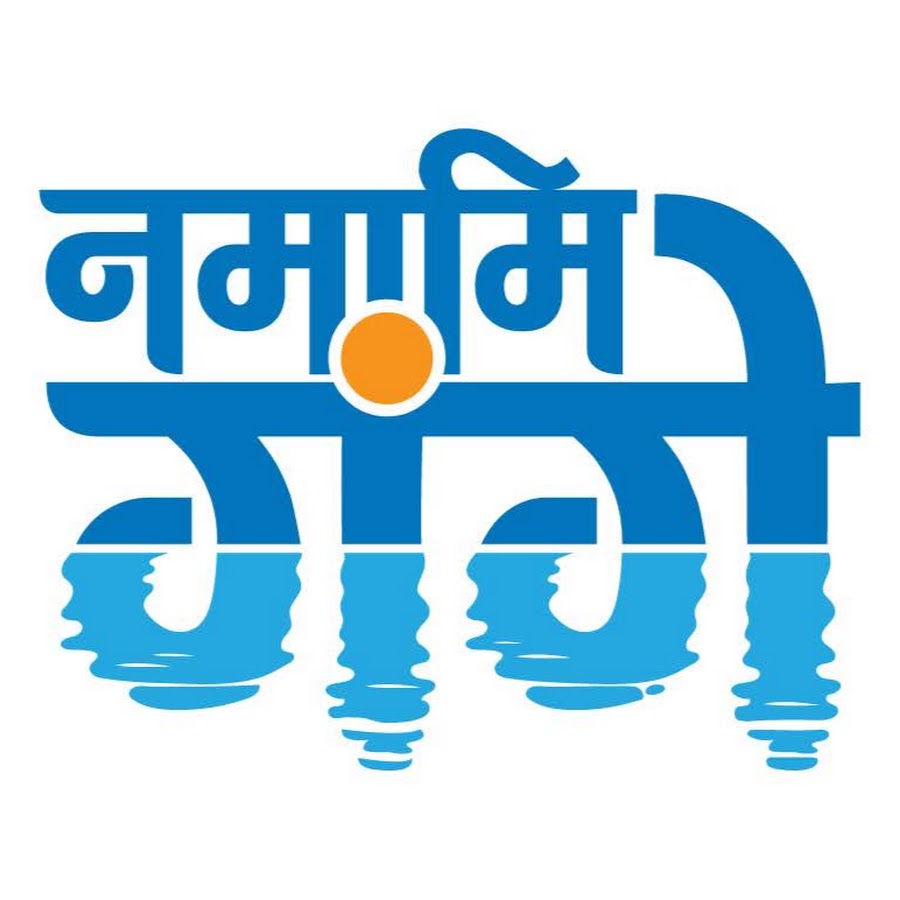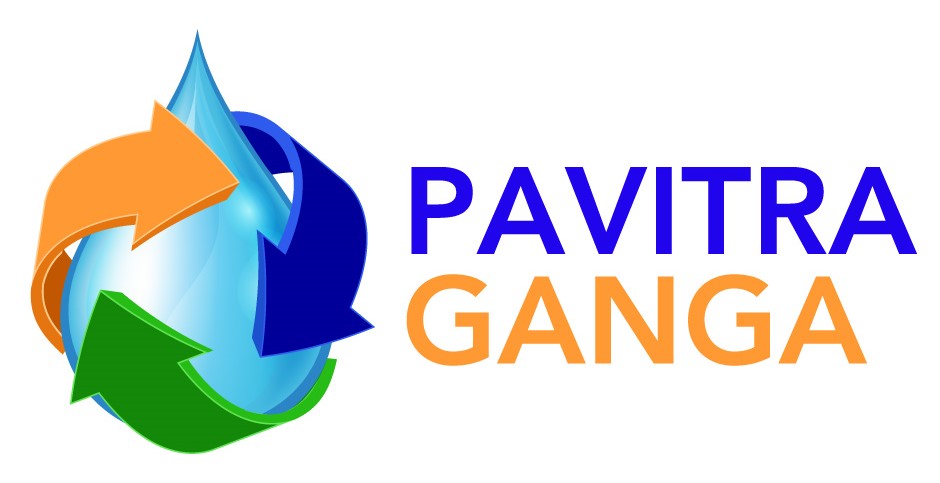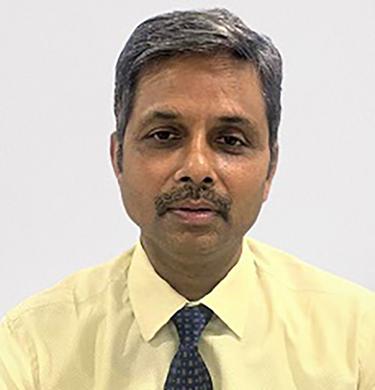For more than ten years, the National Mission for Clean Ganga (NMCG) is the implementation arm of the National Ganga River Basin authority and has been taking measures to prevent, control and abate environmental pollution and maintain continuous flows in the Ganga river.
We had the great honour to talk to Shri D P Mathuria, the Technical Executive Director of NMCG about their mission.

What are the biggest success stories of NMCG so far and which aspects remain the biggest challenges for NMCG?
“Our mission is to restore the biological, physical and chemical balance of the rivers and the ecosystem and ecosystem services of the rivers. For that purpose, the National Mission for Clean Ganga adopts a holistic approach. We work from a basin perspective and we focus on much more than only the development infrastructure.
Our main objective is to get a better control of the various origins of river pollution. In our work we also look at a better management of water demand and a better regulation of ground water extraction, making the water use in agriculture more efficient, and promoting organic agriculture etc…...
At the same time, we look at the water related needs for hydropower development and the demands of the fishing industries. All activities that are related to the water quality should be made (more) sustainable to have a good impact on the water quality of our rivers.
But we also acknowledge the importance that our rivers play for the livelihood of our economy and the harmony in our society.
This wide, holistical approach has brought the building of many partnerships with all types of stakeholders and involved organisations, both at the State level but also at the regional level, involving different ministries.
The aim is to have proper collection and treatment facilities at all places where urban areas and industry have an impact on the water quality in the Ganga river. At this moment in time, we are working on 157 major sewage treatment developments.
At the same time, a long-term investment fund has been set up to guarantee that all created infrastructures can be operational and sustainable for many, many years.”
How do you perceive the status and the readiness for financial investments on wastewater reuse and resources recovery in India?
“We consider resource recovery and the circular economy as key principles for the development of our approach. But the highest priority goes to our action plans.
When we take a look at the situation in the field, there are several sewage treatment plants that we created where effluent reuse is in place, either for agriculture or other sectors. The treated wastewater from one of our plants is reused by an oil company and we also established a partnership with an electricity utility for the reuse of treated wastewater for their thermal power plants.
At the same time, we have been working on a policy framework for safe water reuse. It defines standards for safe water reuse and also brings business models for this.
You should of course realise that water is a very cheap commodity in India. Therefore, the re-use of treated wastewater is a very slow development. To accelerate the reuse of treated wastewater, we are now studying the possibility of creating incentives. We are particularly proud of the paper and pulp industry in the Ganga basin area, where 85% of the wastewater is reused locally, for example by horticultural companies. There are more than 120 industries involved in this water reuse scheme.”
How can projects like Pavitra Ganga help NMCG?
“I am following Pavitra Ganga and similar projects and these initiatives can surely help us in our work.
Projects like Pavitra Ganga have a wide scope of activities that are of high interest us. They bring us the opportunity to compare the available technologies in India and compare it with the newest and best technologies in Europe or other areas of the world. At the same time, they look at the importance of institutional progress and reforms to accommodate the technologies.
NMCG is eager to see the results of the pilot tests of Pavitra Ganga as we believe they could be of high importance for our future policy and strategic decisions.
What I also value about Pavitra Ganga and other EU-India water projects is that they provide us with useful information and advice about maintaining the performance of new infrastructures on the long term.
As I said, we are heavily investing in infrastructure. At the same time, we are providing funding for 15 years to operate and maintain sewage treatment plants. All these assets rest with Urban Local Bodies (ULBs), but we are looking to support them in building up their technical capabilities and expertise.
That is why we see the need to create an institutional mechanism for this challenge.We need to find a sustainable approach that guarantees that every infrastructure can continue functioning in a self-sustaining mode.”
What do you think of the water governance research done by Pavitra Ganga and the policy brief?
“On the Ganga main river there are more than seven hundred small and big drains that discharge whatever they carry into the river. It is a tremendous task to get them connected to sewage treatment plants and have them comply with the standards that are developed on national scale. We therefore welcome all the action research on good water governance for India and the best practices from the rest of the world can inspire us to find new governance approaches for India.”

